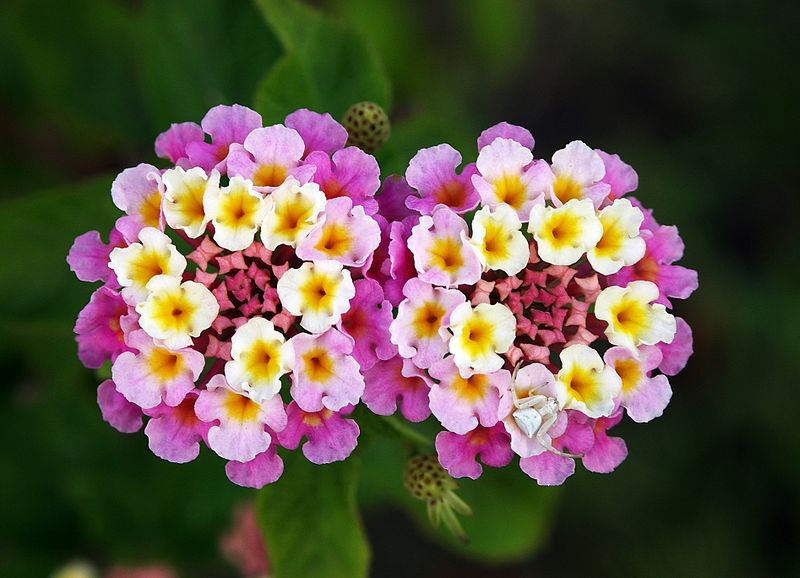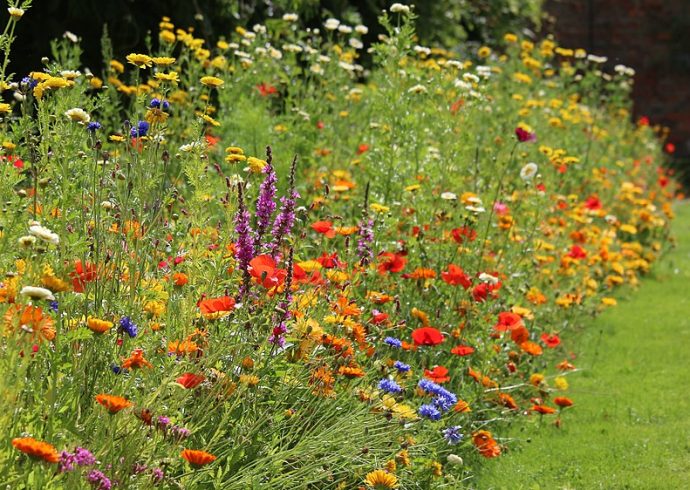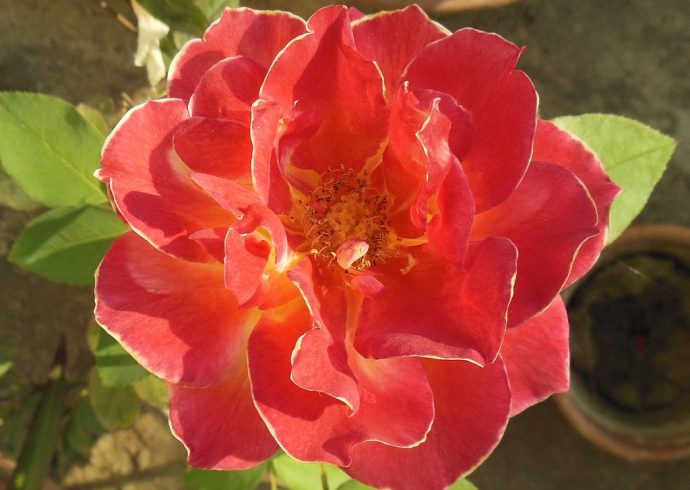
Growing Lantana Flowers
Those large puffballs of tiny pink or white and yellow flowers that are seen in gardens look familiar to most people; as a member of the Verbenaceae family, lantana is one of the easiest to grow perennials and come in enough varieties to complement any existing garden. Lantana can also be planted by itself,
bordering a fence or front yard. Native to North, Central and South America as well as Africa, lantana is known to grow wild in many places, in addition to being cultivated in gardens. Lantana leaves are toxic and not eaten by wildlife, although birds will eat the berries produced by the plants. Lantana also has a strong citrusy scent which attracts butterflies. The Palm Beach County, Florida, town of Lantana was named by its founder M. B. Lyman after the flower, due to the abundance of wild lantana growing there. With 129 species of lantana to select from, one or a combination of more will attract butterflies to your yard. Some of the more commonly planted species are:
Lantana camara. Sometimes nicknamed “ham and eggs” due to the color changes of the flowers as they age. When starting out as young plants, the flowers are yellow and white, then as they age, turn pink.
Lantana montevidensis. Also called trailing lantana or Spanish flag, is a low-growing variety of the plant, and have purple, lavender, or white flowers. One striking flower combination in a garden with trailing lantana is creeping phlox.
Bandana lantana. This species of lantana is fuller and more compact in shape, being more dome-shaped compared to other lantana varieties. They come in a wide variety of colors: red, peach, yellow, white, and pink.
Select a sunny location to plant lantana as soon as the last frost from winter has passed. Prior to planting lantana, prepare the soil by making sure it is well drained. To make the soil slightly acidic, add pine needles to the mulch. Allow enough space for each plant to grow 6 feet high to 6 feet wide.
While the plants take root, they require frequent watering, at least one inch of water a week. As mature plants, they require less water and will even tolerate temporary droughts. Regular deadheading will encourage the plants to bloom throughout the season. Lantana can benefit from flower garden fertilizer once a planting season, but the fertilizer application needs to be light. Lantana will also grow well without fertilizer.
In addition to deadheading the plants, lantana can also be pruned, trimming them to down to anywhere between 6” to 12” from the ground. Because lantana are bush plants and grow profusely, keeping the plants pruned will benefit from control as well as encourage flowers to blossom well. The seed pods which contain the berries that birds like to eat can also be removed and saved should you wish to grow more lantana directly from seed.
Powdery mildew, whiteflies and lace bugs are common pests to lantana which should be kept under control in order to protect the plants from damage.


